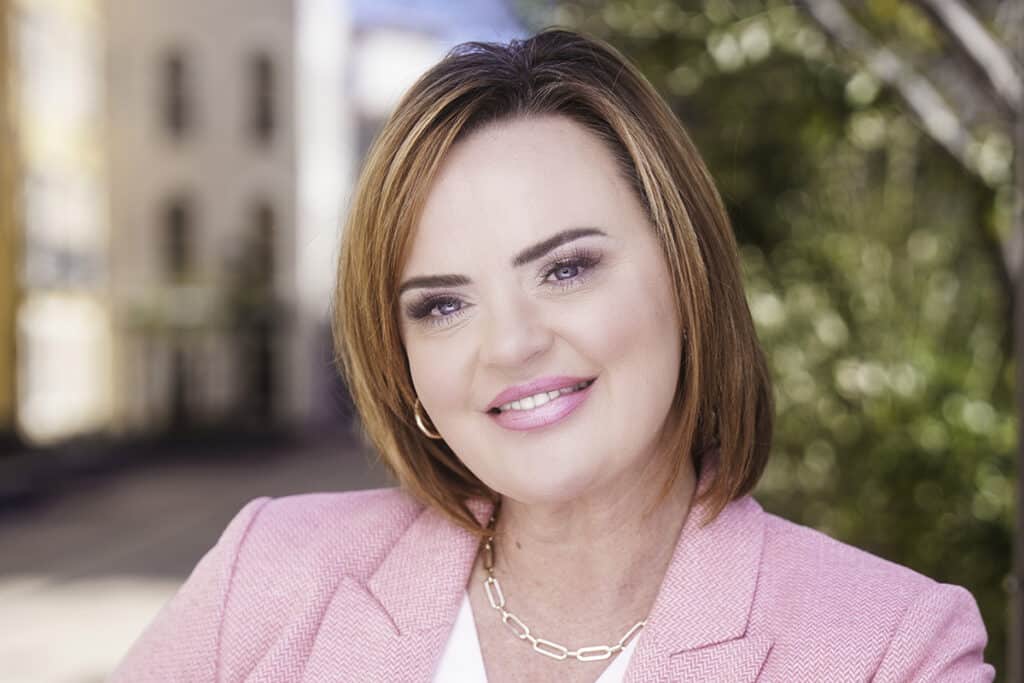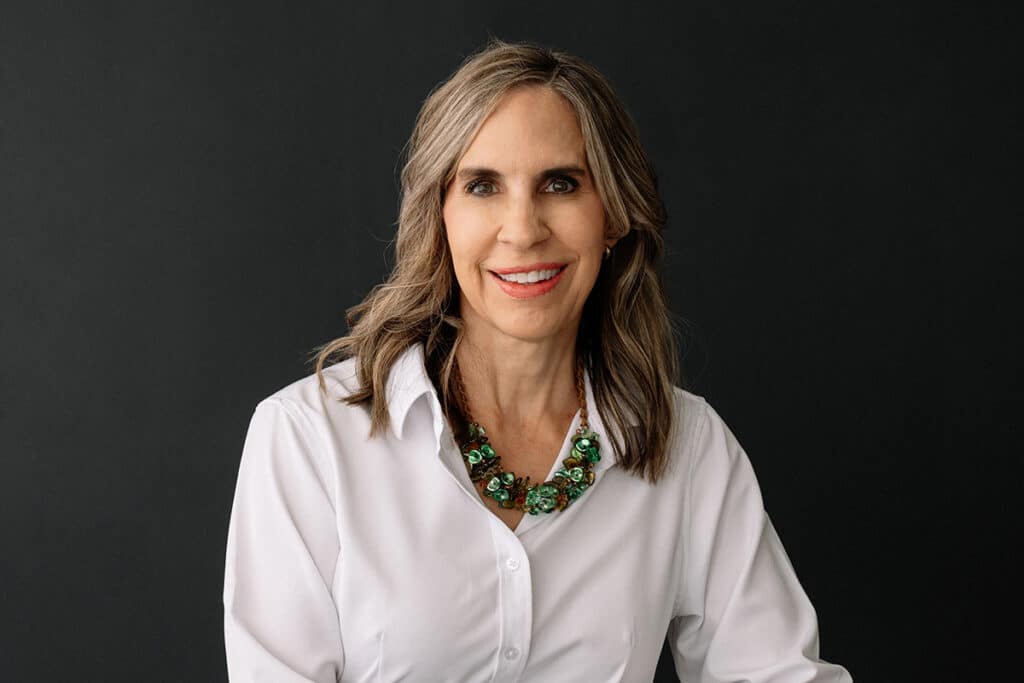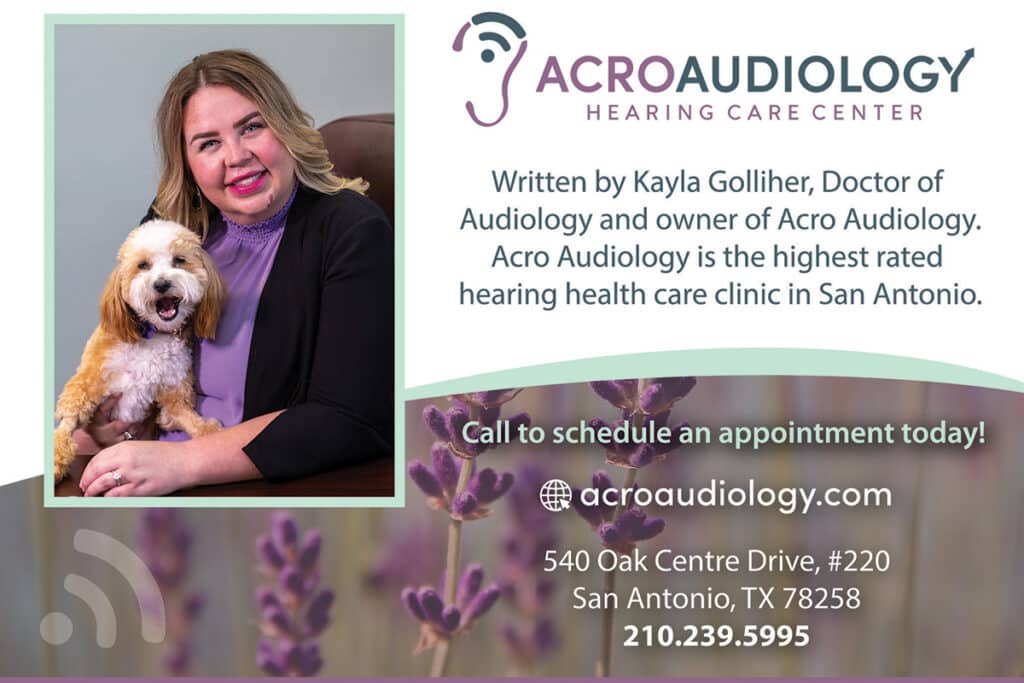I’ve always thought it funny how various body parts get paramount protection depending on what type of physician is in the house.
For instance, one of our friends is a neurologist. Helmets are a BIG deal at his house. Another family we hang with is covered head to toe with long sleeves and zinc oxide when outdoors. Yup — mom is a dermatologist. My husband is an eye surgeon, so at our house we’re constantly on alert for potential eye trauma: “Don’t throw wooden blocks at your brother’s head — you’ll hurt his eyes!” “Roll up your window while we’re driving by a lawn mower — you never know when a microscopic piece of metal will pierce your eye!” “Don’t put rubber bands around your head and snap them. You’ll scratch your cornea!” Yes, it’s a veritable geek fest at our house, but at least we can all see. Preventing traumatic eye injury is a no-brainer, but what about preserving vision throughout a lifetime? It’s easy to take our eyes for granted since they tend to function without much upkeep, unlike teeth, where biannual visits are drummed into us from a young age. However, general screening of eye health and early detection of disease are just as important as immunizations and regular physical exams. The following is a general overview of the types of eye screening and tests recommended for each life stage.
Before 3
Make sure your child’s eyes are screened during regular checkups with the pediatrician. Consult an ophthalmologist (eye M.D.) if your child’s eyes appear crossed, if you notice a “lazy” eye or if the upper eyelid droops. Most children have healthy eyes and normal vision, but a few babies are born with serious disorders or diseases. Your pediatrician will thoroughly examine your baby at well-baby checkups, but if you notice any of the following, you should bring your child to the doctor soon: • White pupil • No “red eye” in photos taken with a flash • Lump swelling or drooping of lid • Large cornea • Tearing, discharge or redness • “Dancing eyes” – eye(s) jiggles or rotates • Eye turns inward or outward • Head tilted to one shoulder, forward (chin down) or to one side • Pupil defect (part of the iris is missing) • Unequal pupils
Ages 3-19
Your child’s physician will continue to screen your child’s eyes during regular check-ups every one to two years, and your child may already be seeing an ophthalmologist for continuing vision correction or treatment of a disease or condition. Be sure to alert your doctor if you notice sudden redness or swelling, unequal pupils or a drooping eyelid.
Childhood: A particularly hazardous time for eye injuries For children and teenagers participating in sports, make sure your children use appropriate protective eyewear. Baseball is the No. 1 cause of sports-related injuries in the 5- to 14-year-old age group. For a complete list of recommended eye protection for a variety of sports, visit the National Institute of Health website www.nei.nih.gov/sports/findingprotection.asp.
Additional cautions for children and teens: • Be sure to supervise your young children handling potentially dangerous items, including pencils, scissors, forks and knives. • Keep all chemicals and sprays, such as cleaning fluids, secured and out of reach of young children. • Be aware many common household items (paper clips, coat hangers, fish hooks, rubber bands, etc.) can cause serious eye injury. • Avoid or impose extra rules and supervision on projectile toys, such as darts, bows and arrows, rocket launchers, etc. • Never allow your children to play with non-powder rifles, pellet guns or BB guns. They are extremely dangerous and have been reclassified as firearms and removed from toy departments.
Ages 20-39
Most young adults have healthy eyes. Nevertheless, occasional eye exams are still needed to be sure to catch any problems and to make sure any refractive errors are appropriately corrected. Have a complete eye exam with an ophthalmologist at least one time between ages 20 and 29 and at least two times in your 30s. See an ophthalmologist if you experience any of the following symptoms:
• Changes in your vision • Eye pain • Flashes of light • Seeing spots or ghost-like images • Lines appear distorted or wavy • Dry eyes with itching and burning Most importantly, take care of your vision by protecting your eyes from the sun and from injury at work, home or in sports activities.
Ages 40-64
Somewhere around age 40, many people start to find that their arms aren’t long enough to hold a book far enough from their eyes to focus. This inability to focus on close objects is a most common — and correctable — condition that marks the beginning of a new phase in your eye-health cycle. The American Academy of Ophthalmology recommends all adults have a baseline eye-disease screening at age 40. This means having a complete eye examination by an ophthalmologist, even if you have no symptoms. Why? Because this is the time when early signs of disease and changes in vision may start. Based on the results of this screening, the doctor will recommend when you should return for follow-up exams.
You should also continue regular visits to the ophthalmologist to treat ongoing disease or injuries, or for vision examinations for eyeglasses or contact lenses. Continue protecting your eyes from the sun and injury.
Ages 65 and over
People age 65 and over face an increasing risk of cataracts, glaucoma, age-related macular degeneration and diabetic retinopathy. Many of these conditions can be treated if identified early. Left unrecognized and untreated, these conditions threaten your vision. If you are 65 or older, have a complete eye exam with an ophthalmologist at least every year or two. Early diagnosis and treatment are extremely important for protecting your vision and, when possible, preventing permanent vision loss.




